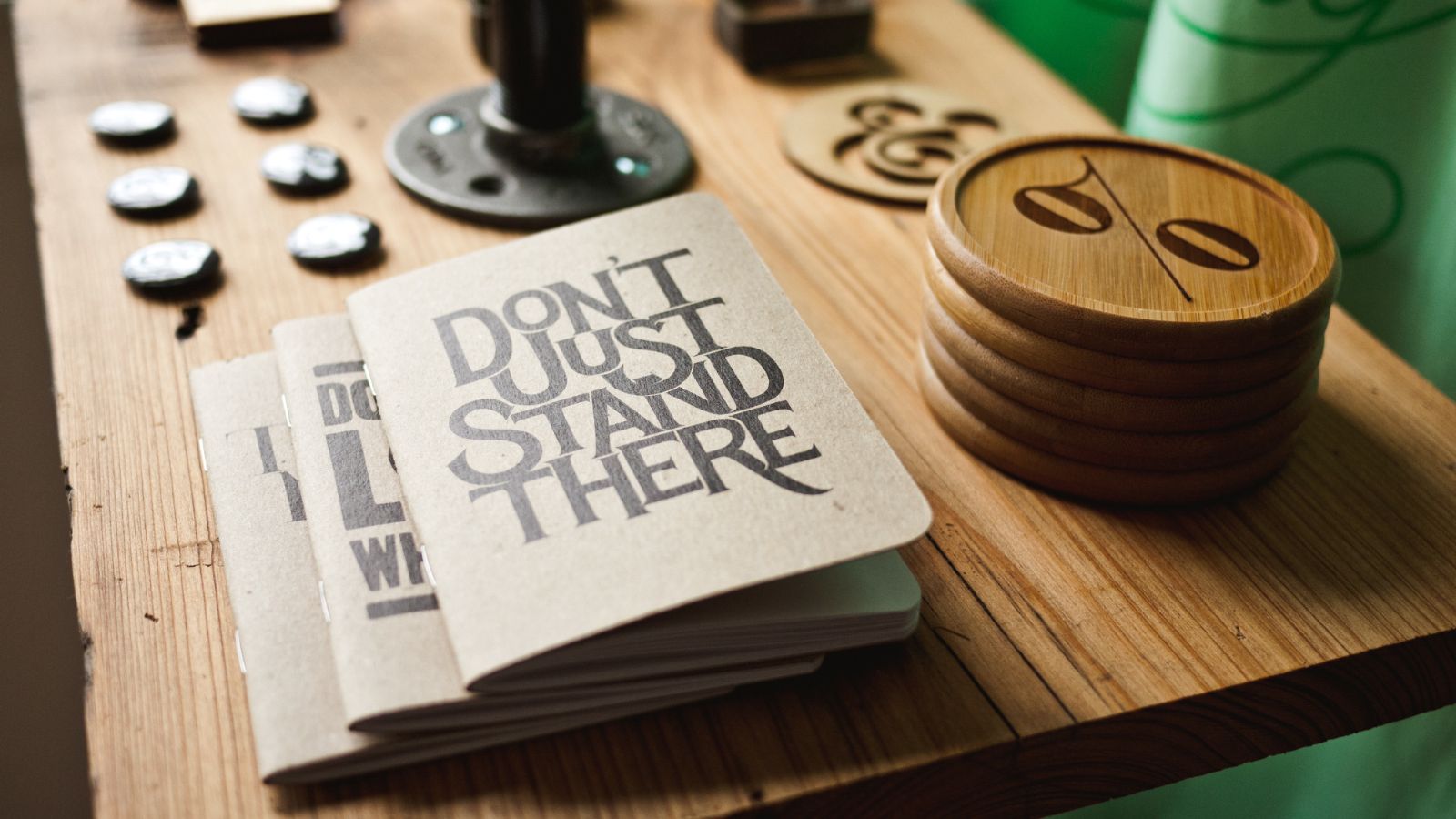There’s no such thing as multitasking
Sponsored
The startup world is made up of individuals with diverse skillsets and various talents. If you read a job spec for a startup, you’re very likely to see ‘The ability to wear multiple hats’ listed under their requirements. Unfortunately, with those multiple hats comes the risk of being pulled in different directions and being asked to do multiple things at once, diluting your skillset rather than adding value. As Sean Work, Inbound Marketing at KISSmetrics, put it, ‘Getting people to wear multiple hats is a death sentence.’ Because guess what? The concept of multitasking doesn’t even exist.
The illusion of multitasking
The human brain isn’t designed to handle more than two tasks that require a lot of brain function at once. What’s more interesting is that the popularised concept of multitasking is cognitively impossible. The cerebral cortex in our brain is responsible for organising our tasks at hand. In a sense, it works like a control center, switching ‘on’ and ‘off’ as you move from one task to another. These switches happen so quickly that you might not even notice them, giving you the illusion of multitasking. Instead, what you’re actually doing is switching rapidly between different tasks. Ultimately, the more complex the task, the longer the switching takes.
Your IQ is dropping
Switching frequently between a lot of tasks is not healthy, and research shows it can even have a harmful impact on the brain, leading us to use our brains less effectively. Participants in a study carried out by the University of London experienced IQ drops of 15 points when switching too frequently between tasks.
When work gets really busy, and yes, we’ve all been there, don’t try to do everything at once. Focusing on one thing at a time produces far better results than constantly switching between tasks. Clifford Nass, Researcher at Stanford University, suggests that rather than frequent switches, try to dedicate 20 minutes to a single task, then switch to the next. He calls this the 20-minute rule.
Finding it hard to organise your time? Try Pomodoro, an app that helps you manage your energy levels by breaking your day into 25-minute chunks (‘pomodoros’). The app is great for optimising your productivity and help those that struggle with time management.
Stay focused at work
It’s hard to stay focused at work, and technological advancements in the last 10 years have not done much in terms of pushing us towards a more attentive and focused state of mind. As we’re constantly bombarded with emails and notifications, most work environments are not optimised for focus.
Yes, we might be facing an abundance of information each day in the workplace, but does that mean we’re powerless and will we just stay distracted all day long? Of course not. We have choices. Realistically, it’s impossible to achieve a perfect day without disruptions, that’s just the environment we have created for ourselves. What we can do, however, is choose what matters to us the most and work towards eliminating any obstacles that prevent us from focusing on those things.
Below are a few tools that allow us to focus and stay on task, helping our brains to stay away from distractions and increase productivity at work:
Inbox Pause allows you to take a break from your inbox, in case you need to work on emails but are getting distracted by new messages. You get to control when messages appear in your inbox, making sure you only see certain emails when you’re ready for them.
Luminosity is a neuroscientist-approved app that can help improve your memory, attention and other mental skills. Play it on your commute or during your break to keep your brain sharp.
offers guided meditation sessions on any device and tips on how to apply mindfulness to everyday activities. Mindfulness meditation has been scientifically proven to reduce stress and anxiety and increase focus, creativity, confidence and communication skills.
Realistically, it’s impossible to achieve a perfect day without disruptions, that’s just the environment we have created for ourselves. What we can do, however, is choose what matters to us the most and work towards eliminating any obstacles that prevent us from focusing on those things. Take control of your workload as well as your time and you’ll find yourself – and your brain – in a healthier and happier environment. Say no to multiple hats and yes to focus and better results.

